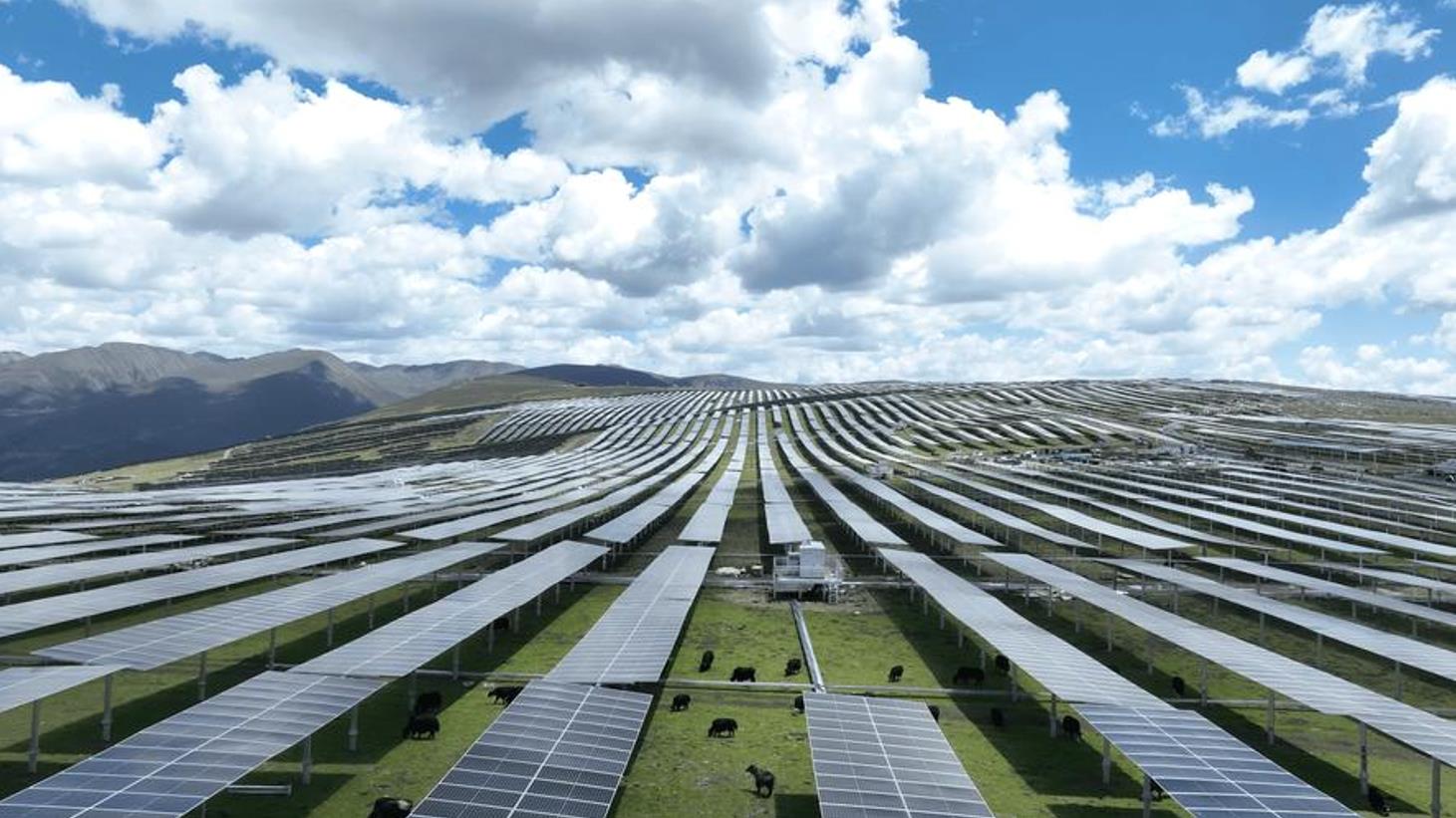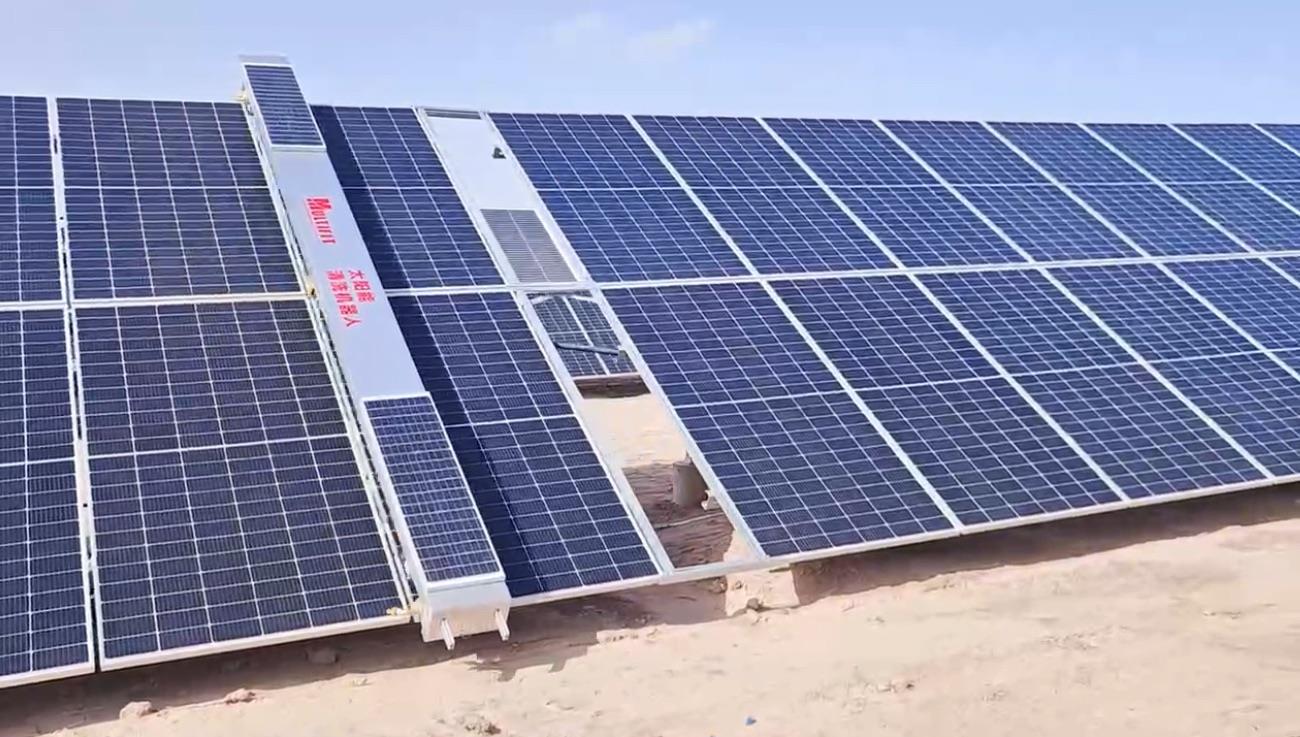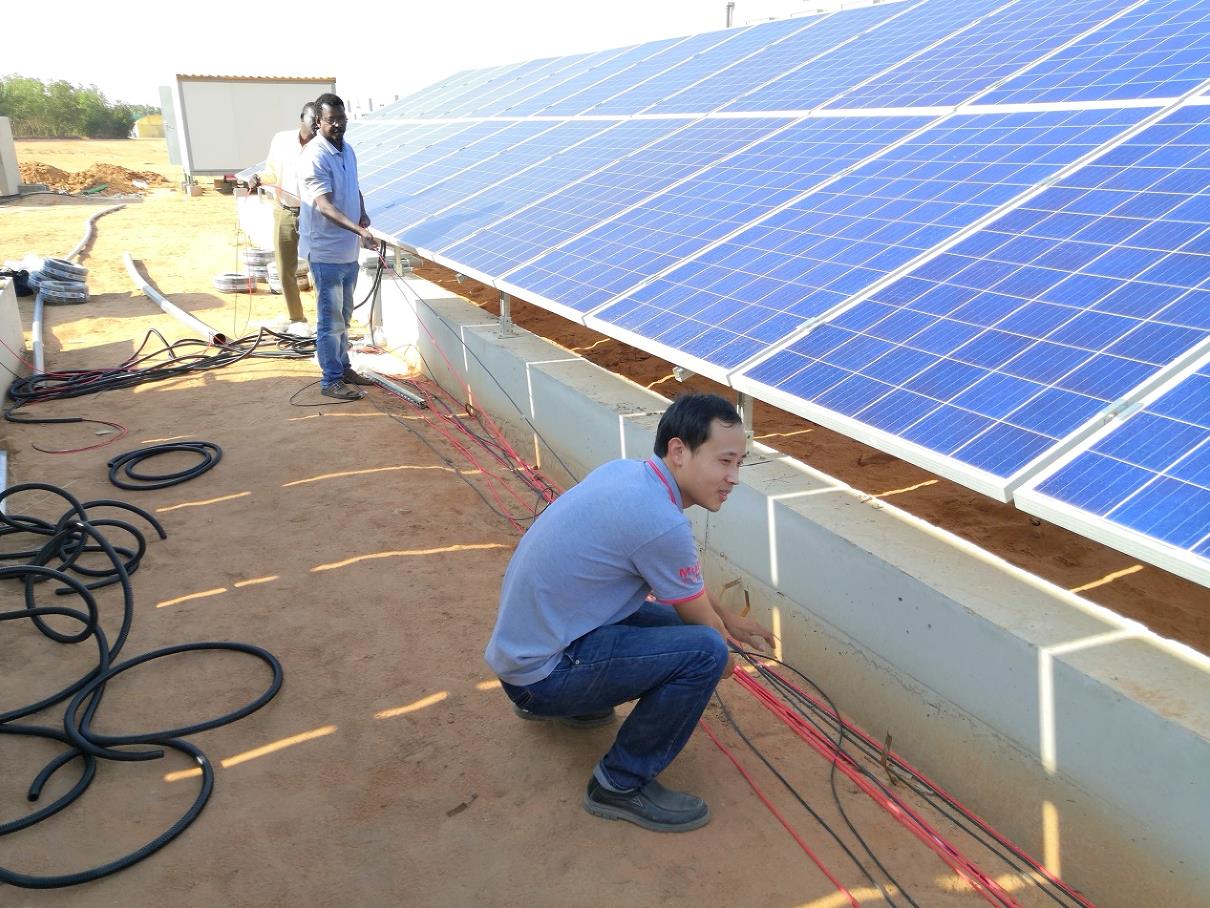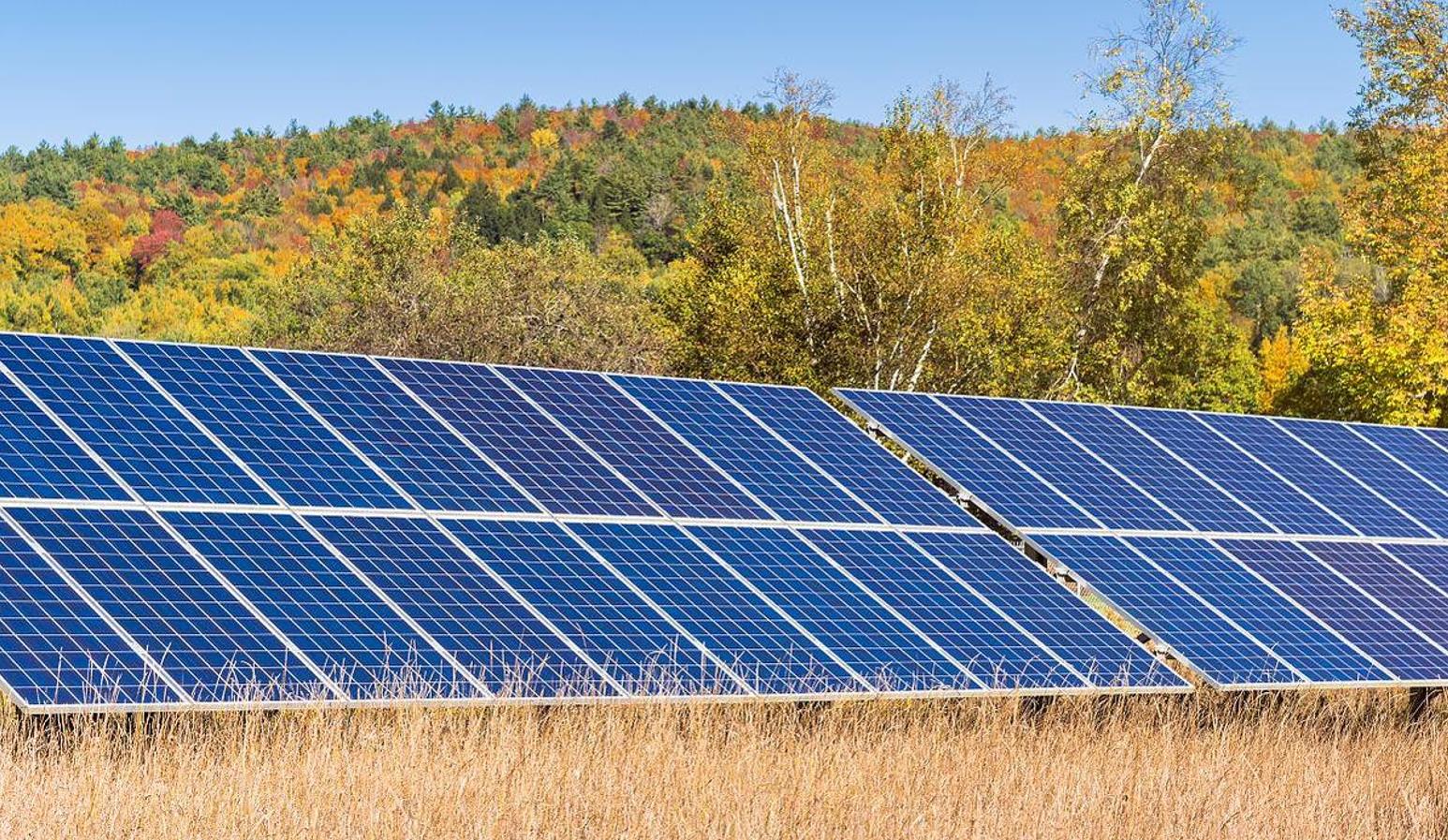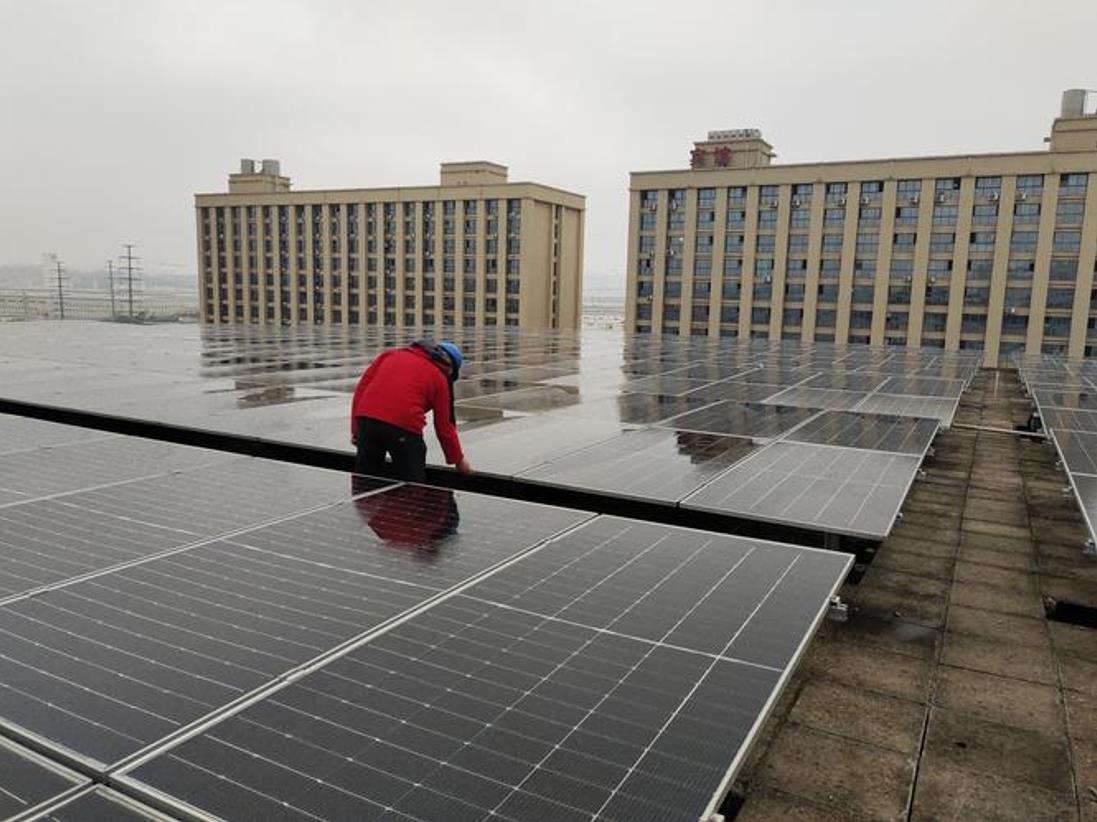As autumn sets in, bringing cooler air and shorter days, it also introduces challenges like falling leaves, increased rainfall, wind, and significant temperature fluctuations between day and night. These factors can impact the stability and power generation efficiency of your photovoltaic (PV) system. Conducting a systematic and detailed autumn maintenance check is crucial to prepare your system for the harsher conditions ahead, ensuring it operates efficiently and safely throughout the season.
I. Core Maintenance: Cleaning, Inspection, and Reinforcement
1.Deep Cleaning of PV Panels
The primary autumnal nuisances are leaves, bird droppings, and accumulated dust. These obstructions not only directly reduce energy output but, more critically, can cause ”hot spots,” leading to localized overheating and permanent damage to the solar cells.
Cleaning Method: Use soft cloths, sponges, or professional solar panel cleaning tools with water or a mild, non-abrasive cleaner. Avoid high-pressure washers or stiff brushes that could scratch the glass surface.
Optimal Timing: Clean during the early morning, evening, or on overcast days. Avoid spraying cold water on hot panels during peak sun hours to prevent thermal shock and potential glass cracking.
Safety First: When cleaning rooftop installations, always use appropriate fall protection equipment and ensure secure footing.
2.Comprehensive Structural and Wiring Inspection
Temperature swings and stronger winds are hallmarks of autumn, necessitating a focus on physical integrity.
Mounting Stability: Carefully inspect all mounting brackets, bolts, and foundations for tightness and corrosion. Reinforce any loose components to mitigate risks posed by autumn winds.
Cabling and Connectors: Temperature variations cause cables to expand and contract. Check all DC and AC wiring for wear, cracking, or weathering. Pay close attention to connectors (e.g., MC4) t ensure they are fully seated and free from corrosion or burning marks.
Panel Condition: Visually inspect panel surfaces for cracks, hot spots, or significant discoloration.
3.Monitoring Inverter Performance
As the ”heart” of the system, the inverter’s health is paramount. Check its display for normal operating parameters, listen for unusual fan noise or alarm signals, and ensure its ventilation vents are clear of debris for proper heat dissipation.
II. Advanced Management: Data Analysis and Site Housekeeping
1.Leveraging Data for Informed Maintenance
Make it a habit to review your system’s monitoring data daily. While a natural decrease in output is expected in autumn, compare the figures with historical data from the same period. An abnormal, sharp drop in generation often serves as an early warning sign of equipment failure or severe shading, enabling prompt troubleshooting.
2.Tidying the Surrounding Environment
Prune overhanging tree branches and clear leaves, dirt, and dry vegetation from around the array and mounting area. This eliminates shading and, importantly, reduces fire hazards during the dry autumn months. Additionally, ensure drainage channels are clear to prevent water accumulation from autumn rains.
III. Forward Planning: Preparing for Winter
Autumn maintenance is a prelude to winter operation. If your region experiences snowfall, familiarize yourself with the snow load capacity of your panels and safe snow removal practices (it’s often recommended to let snow slide off naturally rather than using sharp tools to scrape it off).
The essence of autumn PV maintenance lies in prevention. By implementing a thorough regimen of cleaning, inspection, data monitoring, and site management, you proactively address seasonal challenges. This approach maximizes energy yield, extends the system’s lifespan, and lays a solid foundation for reliable year-round operation.
Multifit solar has been in the photovoltaic field for many years and can provide one-stop services for customized research, development, production, installation, and operation of photovoltaic systems. As long as you have a need, Multifit can meet it.
Post time: Sep-24-2025


